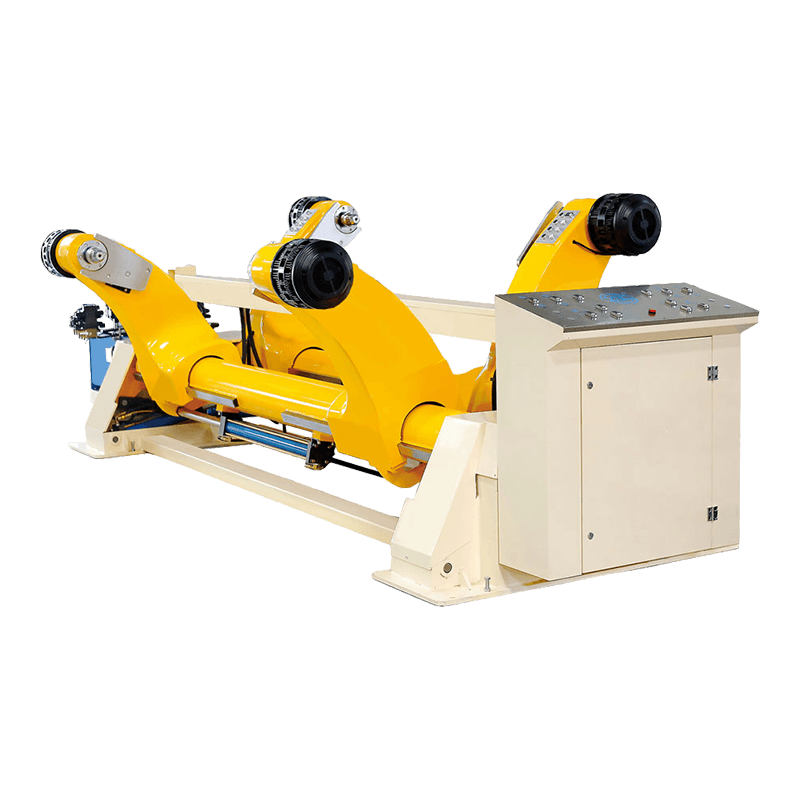The steel industry is at the forefront of heavy industry, and within it, the technology of rolling mill stands plays a critical role in the production of high-quality steel. The rolling mill stand, an essential component in the process of shaping steel, has seen significant innovation in recent years.
Enhancing Performance with Housingless Mill Stands
The housingless mill stand has become a focal point for innovation in the rolling mill industry. By eliminating the traditional housing structure, these stands offer a range of benefits that cater to modern manufacturing needs. Housingless mill stands reduce the overall weight and complexity of the rolling mill, cause easier maintenance and reduced downtime. This innovation is particularly appealing to clients who prioritize efficiency and minimal operational interruptions.
Clients are increasingly recognizing the value of housingless mill stands in their production lines. The removal of the housing component not only streamlines the design but also enhances the thermal efficiency of the mill. This is because housingless mill stands facilitate better heat dissipation, which is crucial for maintaining the good temperature range during the rolling process. By doing so, these stands contribute to the production of steel with consistent quality, meeting the high standards set by clients in various industries.

Roughing Mill Stands: The Backbone of Steel Production
Roughing mill stands are the workhorses of the initial stages of steel production. These stands are designed to handle demanding tasks, such as reducing the thickness of steel slabs or blooms. The technology behind roughing mill stands has seen significant advancements, making them more reliable and robust. Clients rely on these stands to process large volumes of steel with minimal waste and improve yield.
Innovative solutions in roughing mill stand technology have led to the development of more durable materials and improved designs. This has resulted in stands that can withstand the immense forces exerted during the roughing process. The longevity of these stands translates to cost savings for clients, as they require less frequent replacement and maintenance. Furthermore, the precision engineering of roughing mill stands ensures that the steel is shaped accurately, which is crucial for meeting the tight tolerances demanded by clients.
The Future of Rolling Mill Stands
As the industry continues to evolve, the focus on sustainability and efficiency is driving the development of new rolling mill stand technologies. Housingless mill stands, for instance, are not just about reducing weight; they also offer environmental benefits by requiring fewer materials for construction. This aligns with the growing trend of sustainable manufacturing practices, which is a key concern for many clients.
Clients are also increasingly interested in the digital integration of rolling mill stands. Smart sensors and data analytics are being incorporated into roughing mill stands to monitor performance in real-time. This allows for predictive maintenance and optimization of the rolling process, reducing waste and improving output. The integration of technology into rolling mill stands is a clear indicator of how the industry is responding to client needs for transparency and control over their production processes.
The rolling mill stand technology is at a critical juncture, with housingless mill stands and roughing mill stands professional the way in innovation. These advancements are not just about improving the efficiency of steel production; they are also about meeting the growing demands of clients for sustainable and smart solutions. As the industry continues to push the boundaries of what is possible, clients can expect even greater benefits from these innovative solutions in rolling mill stand technology. The future looks promising, with a focus on delivering more reliable, efficient, and environmentally friendly steel production processes.

 English
English  Español
Español  Português
Português  عربى
عربى 




